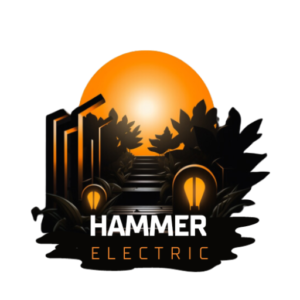Overview of Electrostatic Motors
– Electrostatic motors are based on the attraction and repulsion of electric charge.
– They are the dual of conventional coil-based motors.
– Electrostatic motors typically require a high voltage power supply.
– Very small motors can operate with lower voltages.
– Conventional electric motors use magnetic attraction and repulsion and require high current at low voltages.
Corona-Discharge Motor
– The corona-discharge motor, also known as corona motor, has been known for centuries.
Nanotube Nanomotor
– Researchers at the University of California, Berkeley developed rotational bearings based on multiwall carbon nanotubes.
– By attaching a gold plate to the outer shell of a suspended multiwall carbon nanotube, they can electrostatically rotate the outer shell relative to the inner core.
– These nanoelectromechanical systems (NEMS) represent a promising direction in miniaturization.
– The bearings are very robust and show no indication of wear after thousands of oscillations.
– Carbon nanotube nanomotors may find commercial applications in the future.
Electrostatic Ion Drive
– Electric motors produce motion when powered by electric currents.
– Spacecraft ion thrusters use electrostatic forces to accelerate ions and generate motion.
– Gridded electrostatic ion thrusters commonly use xenon gas, which is ionized by bombarding it with energetic electrons.
– The electrons can be provided by a hot-filament cathode or accelerated by an alternating magnetic field.
– Electrostatic ion drives are considered unconventional electric motors.
Related Concepts and References
– Electrostatic generator
– Nanomotor
– Oxford Electric Bell
– References to scholarly articles and resources related to electrostatic motors. Source: https://en.wikipedia.org/wiki/Electrostatic_motor
An electrostatic motor or capacitor motor is a type of electric motor based on the attraction and repulsion of electric charge.
An alternative type of electrostatic motor is the spacecraft electrostatic ion drive thruster where forces and motion are created by electrostatically accelerating ions.
